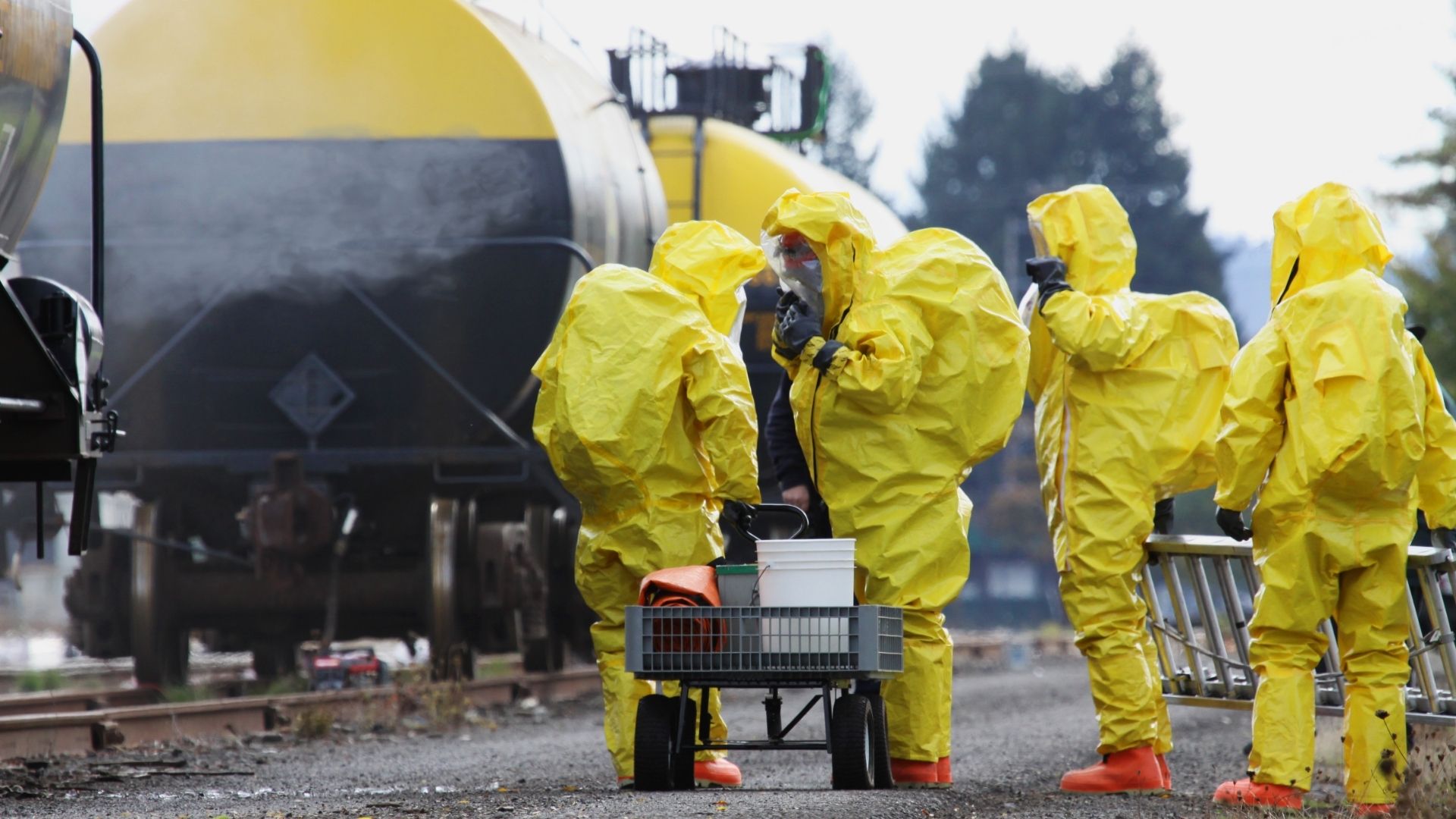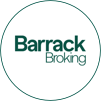Flammable liquids are one of the largest groups of hazardous materials. Vapours are invisible, they spread quickly and ignite easily, causing an explosion/fire that includes rapid flame spread and is extremely difficult to extinguish.
While substituting with non-flammable alternatives is the only way to eliminate this risk, there are steps you can take to manage it.
Contain your flammable liquid risks
Where possible, it is best to substitute with non-flammable alternatives. If this is not an option, it’s important to reduce the volumes of flammable liquids used in production areas and store them in isolated and protected storage.
Flammable liquid hazards
Some commonly used flammable liquids include acetone, ethanol, diesel, kerosene and vegetable oil. They have a low flashpoint, around 60.5 degrees Celsius and pose a severe fire and explosion hazard.
Sealed away in vessels, pipes, drums, containers or tanks, flammable liquids can be controlled. However, the risk is significant if flammable liquids spill or are accidentally released, exposing them to air and potential ignition sources. While explosions normally require a confined space for vapours to reach sufficient concentration, some more volatile flammable liquids can form a vapour cloud in open spaces if the spill is large enough.
Who’s at risk
Any business that uses flammable liquids is potentially at risk of a fire/explosion. Risk control measures include:
- Keep the minimum working amount of flammable liquids in process/production areas. Store this supply in small 20L containers in approved fire-rated cabinets. Store bulk quantities in an isolated and protected storage as far away as possible.
- Periodically check: (a) pipes, tanks and vessels for signs of cracks and holes; and (b) containment bunds and drainage areas/sump pits. The frequency and type of tests should be governed by the type and age of the plant/equipment.
- Don’t store drums and containers at a height greater than two pallets to prevent the potential for toppling and spilling.
- Training: Reduce human error by establishing work procedures and training programs for all staff, including casuals and contractors.
- Ensure easy access to shut off switches and spill kits, for fast response to a spill. Install automatic isolation and shut-down systems where possible.
- Identify potential hot spots caused by mechanical friction, chemical reactions or other sources with thermo-graphic equipment. Introduce a formalised Hot Work Management and Permit System.
- Ensure that confined areas are adequately ventilated.
- Install appropriate protection systems, such as automatic foam systems to supress flammable liquid fire and automatic gas extinguishing system.
Barrack Broking is here to assist
If you have any queries regarding risk management, contact us for a confidential discussion: Phone 02 9191 7320 or email mail@barrackbroking.com.
General advice warning
The information provided in this insight is of a general nature only and has been prepared without taking into account your objectives, financial situation or needs. Before acting on the general information provided, please consider the appropriateness of the information provided by having regard to your own objectives, financial situation and needs.
Before you make any decision about whether to acquire any insurance product you should review our disclosure documents, including our Financial Services Guide (FSG) and the Product Disclosure Statement (PDS) relevant to that insurance product.


